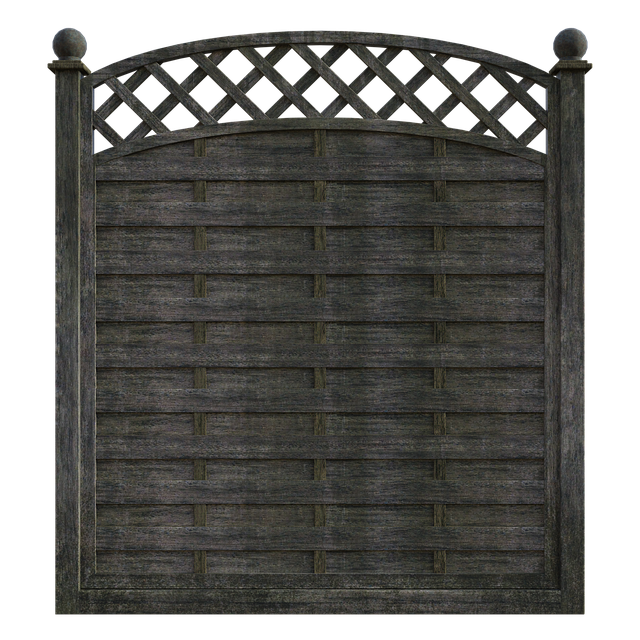Fences serve not only as structural elements but also as artistic statements, enhancing outdoor spaces. This article guides you through the process of fence staining and sealing, pivotal steps in preserving and enhancing wooden fences. We’ll delve into understanding various staining benefits and types, preparing your fence for optimal absorption, selecting the perfect stain and sealer blend, and mastering application techniques to achieve long-lasting, vibrant results that complement your outdoor aesthetic.
- Understanding Fence Staining: Benefits and Types
- Preparing Your Wooden Fence for Staining
- Choosing the Right Stain and Sealer
- Application Techniques for Optimal Results
Understanding Fence Staining: Benefits and Types
Fence staining is an effective way to enhance the appearance and durability of your wooden fence. By applying a coat of stain, you can transform its look while also protecting it from the elements. Staining offers numerous advantages, including improving the overall aesthetics, enriching the wood’s natural color, and adding a protective layer that prevents fading, rot, and damage caused by UV rays and moisture.
There are various types of fence stains available in the market, each with unique characteristics. Water-based stains are environmentally friendly and easy to apply, offering a transparent finish that lets the wood’s natural grain shine through. Semi-transparent and solid colors are other options, providing better coverage and a more noticeable color change. The choice depends on your personal preference for appearance and the level of protection needed for your fence.
Preparing Your Wooden Fence for Staining
Before applying stain or sealer to your wooden fence, proper preparation is key. Start by thoroughly cleaning the fence to remove any dirt, dust, or debris. Use a pressure washer or a brush and cleaning solution to ensure the surface is free of impurities. This step is crucial as it allows the stain to adhere better and creates an even finish.
Once cleaned, inspect the fence for any repairs needed. Fill in any cracks or holes with wood putty and sand the repaired areas smooth. Check for loose or damaged boards and replace them if necessary. Proper preparation ensures that your fence not only looks its best but also lasts longer, as a fresh coat of stain will enhance its protection against elements like sunlight and moisture.
Choosing the Right Stain and Sealer
Choosing the right stain and sealer for your wooden fence is a crucial step in maintaining its beauty and longevity. Start by evaluating the current condition of your fence—its age, type of wood, and exposure to elements such as sunlight and moisture. Different stains and sealers cater to various needs; some are better at protecting from UV rays while others offer superior water resistance.
Consider the desired color and finish. Stains come in a wide range of tones, from natural woods to vibrant hues. Sealers can enhance the wood grain or provide a smooth, matte finish. Always read product labels and follow application guidelines. Using the correct products tailored to your fence’s specific requirements ensures optimal results and protects your investment for years to come.
Application Techniques for Optimal Results
For optimal fence staining and sealing results, proper application techniques are key. Start by cleaning the wooden fence thoroughly to remove any dirt, dust, or debris. This can be done using a pressure washer or a mild detergent solution, ensuring the surface is free from contaminants that might hinder adhesion. Once the fence is dry, select an appropriate brush or roller for the job—bristles should be durable and suitable for outdoor use.
When applying the stain or sealer, begin at one corner of the fence and work in even, overlapping strokes. Maintain a consistent pace to avoid streaking or uneven coverage. It’s recommended to apply thin, even coats, allowing each layer to dry completely before adding another. This process helps prevent dripping and ensures better penetration of the product into the wood’s pores, resulting in a more durable finish.
